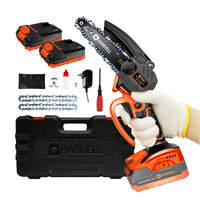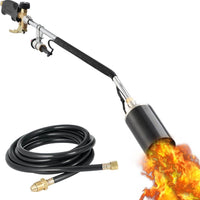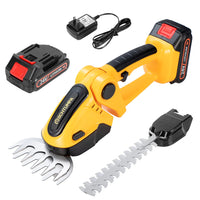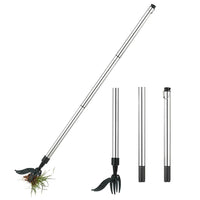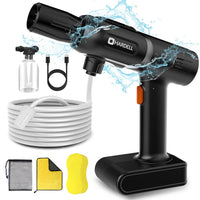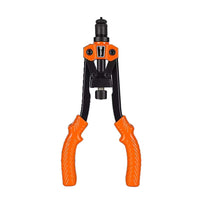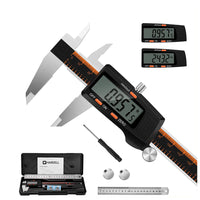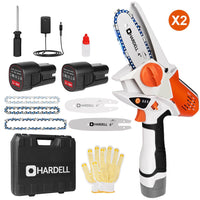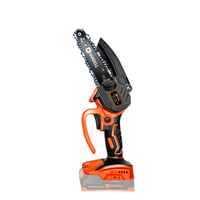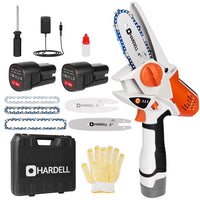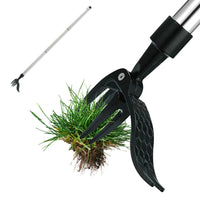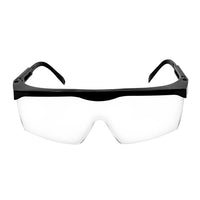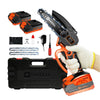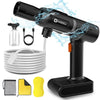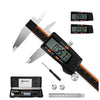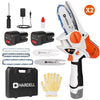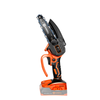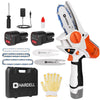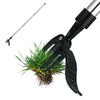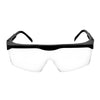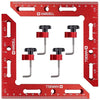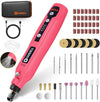Differences Between Cordless Chainsaws And Cordless Reciprocating Saws

There are significant differences between cordless chainsaws and cordless reciprocating saws in multiple aspects, mainly reflected in their working principles, usage methods, applicable scope, performance characteristics, and application scenarios. Many users often believe that these two tools are repetitive and their scope of use is the same. Actually, this is a wrong idea. The biggest similarity between cordless chainsaws and cordless reciprocating saws is cutting wood, but they also have their own characteristics. Below, Hardell will introduce the differences between cordless chainsaws and cordless reciprocating saws.
1、 Working principle

Cordless chainsaw:
A cordless chainsaw is an electric tool that uses a motor to drive the saw chain or saw blade for cutting. Unlike traditional wired chainsaws, cordless chainsaws use batteries as their power source, freeing them from the constraints of wires and improving their flexibility and portability.
During work, the motor drives the saw chain or saw blade to rotate at high speed, achieving the purpose of cutting through the contact between the saw teeth of the saw chain or saw blade and materials such as wood.

Cordless reciprocating saw:
The cordless reciprocating saw is also an electric tool, but its working principle is different from that of a cordless electric saw. The cordless reciprocating saw drives the saw blade to move back and forth or left and right rapidly under the action of the motor, in order to achieve cutting.
This reciprocating motion allows the cordless reciprocating saw to generate greater force during cutting, especially suitable for situations that require fast and efficient cutting.Related reading:What is cordless reciprocating
2、 Usage
Cordless chainsaw:
The use of a cordless chainsaw is relatively simple. Users only need to hold the handle and turn on the power switch to start cutting. Due to the high-speed rotation of the saw chain or blade, users need to maintain a certain degree of stability and control force to ensure the accuracy and safety of cutting.Related article:How to use cordless chainsaw

Cordless reciprocating saw:
The use of cordless reciprocating saws is also relatively simple, but it is different from cordless chainsaws. The user needs to hold the handle and start the reciprocating motion of the saw blade by controlling the switch of the motor. During the cutting process, users need to adjust the cutting speed and force of the saw blade based on the hardness and thickness of the material to achieve the best cutting effect.
3、 Applicable scope
Cordless chainsaw:
The application range of cordless chainsaws is relatively wide, and they can be used to cut various materials such as wood and bamboo. Due to the high-speed rotation and powerful cutting force of its saw chain or blade, cordless chainsaws have been widely used in fields such as logging, construction, and decoration.Relared article:What can cordless chainsaw cut

Cordless reciprocating saw:
Although the application range of cordless reciprocating saws is also relatively wide, they focus more on fast and efficient cutting needs. It is particularly suitable for cutting wood, metal pipes, plastic boards, and other situations that require quick cutting. Meanwhile, due to its reciprocating motion, the cordless reciprocating saw can generate less vibration and noise during the cutting process, improving the comfort and safety of use.
4、 Performance characteristics
Cordless chainsaw:
Cordless chainsaws have advantages such as high efficiency, flexibility, and portability. It breaks free from the constraints of wires and can be used anywhere with a power source. Meanwhile, due to the high-speed rotation of its saw chain or blade and strong cutting force, the cordless chainsaw performs excellently in cutting efficiency.
Cordless reciprocating saw:
Cordless reciprocating saws have advantages such as speed, accuracy, and labor-saving. Its reciprocating motion allows the saw blade to generate greater force during cutting, while reducing vibration and noise. In addition, the cordless reciprocating saw also has functions such as electronic speed regulation and multi-level swing adjustment, which can be adjusted and optimized according to different cutting needs.
5、 Application scenarios

Cordless chainsaw:
Cordless chainsaws are suitable for various situations that require efficient cutting, such as logging, construction sites, home decoration, etc. It can not only be used to cut soft materials such as wood, but also to cut materials such as bamboo.

Cordless reciprocating saw:
Cordless reciprocating saws are more suitable for situations that require fast and accurate cutting, such as metal pipe cutting, plastic plate cutting, etc. Meanwhile, due to its portability and low noise characteristics, cordless reciprocating saws are also suitable for cutting operations in noise sensitive areas or narrow spaces.Related article:What are the uses of cordless reciprocating saw
There are significant differences between cordless chainsaws and cordless reciprocating saws in terms of working principle, usage, scope of application, performance characteristics, and application scenarios. Users should comprehensively consider and choose based on specific cutting needs and working environment when making choices. If you are missing a cordless reciprocating saw in your tool house, click on the picture below to buy it now.
